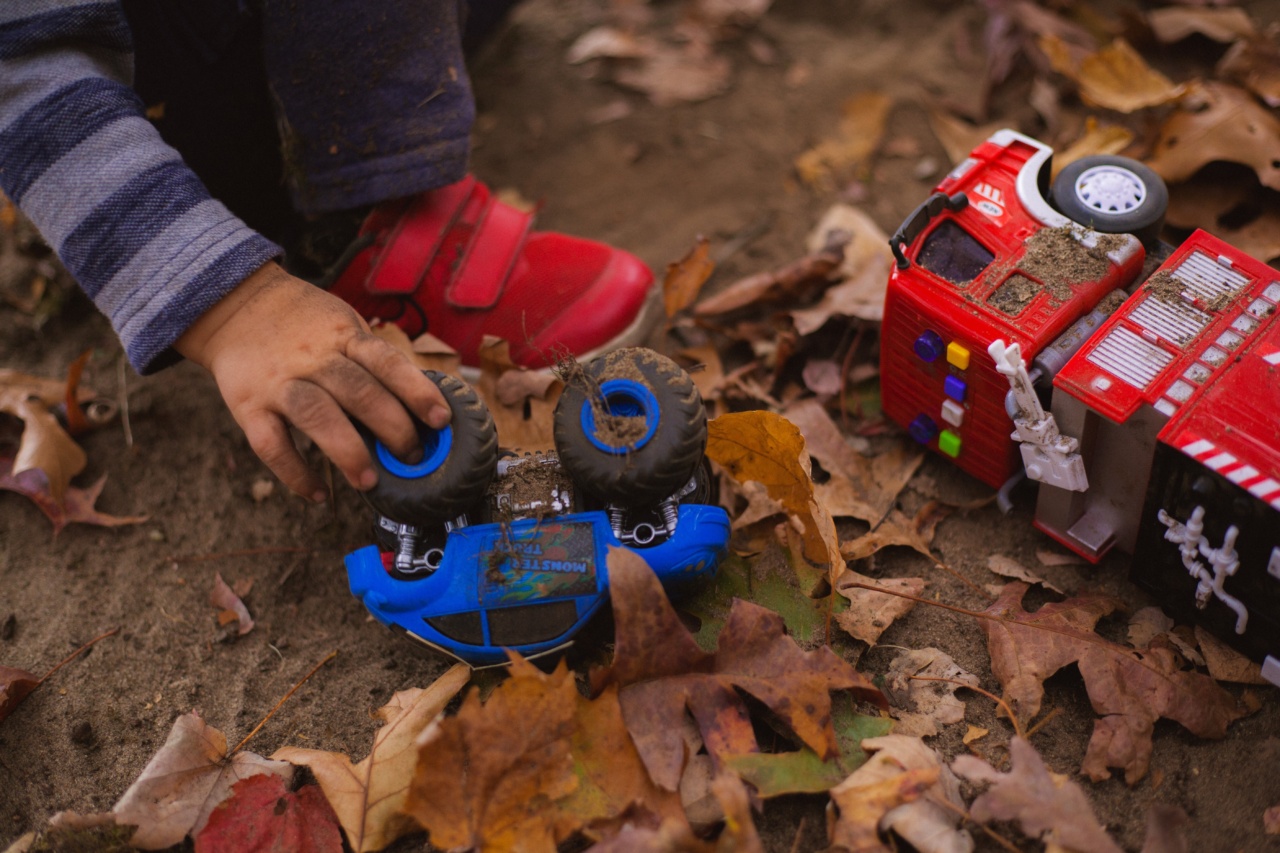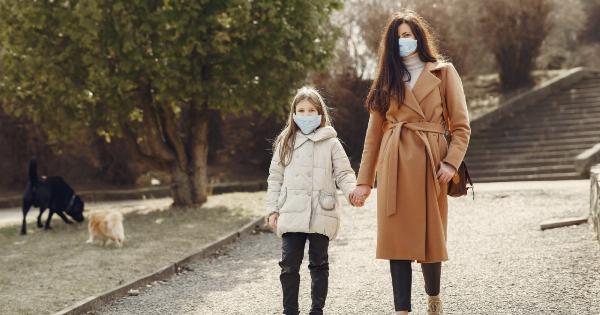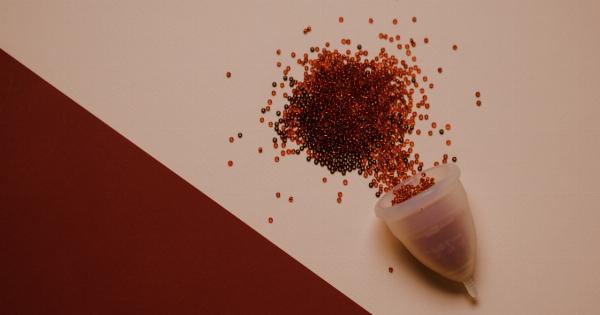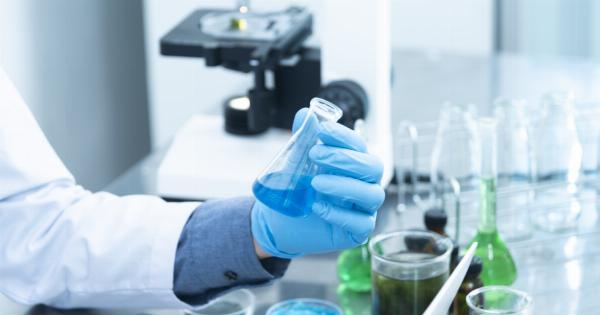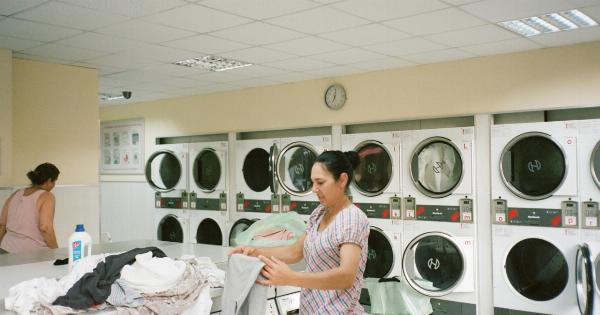Plastic products have become an integral part of our daily life, and it’s quite hard to imagine life without them. However, this widespread use of plastic has implications, and one of the most significant threats is to infants.
Despite the convenience plastic offers, the danger it poses cannot be ignored. Infants are at the forefront of this risk. Plastics have been linked to various health problems that everyone, especially parents, should know.
The Dangers of Plastic for Infants
Plastics introduce a host of hazards to infants, of which the most prevalent are endocrine disruptors. These disruptors mimic the hormones and contribute to confusion in the endocrine system.
In infants, as this system is still developing, it can lead to critical problems later on. These disruptions can lead to a wide range of health issues like mental and physical growth delays, reproductive problems, and developmental abnormalities.
In addition to the risks posed by endocrine disruptors, plastics have been linked to neurodevelopmental problems, premature birth, obesity, and even cancer for infants.
The greatest of them all is the physical complications that arise from ingesting plastic. When plastic items, including toys and teethers, are ingested, they block the trachea, causing suffocation, which is a significant concern for infants.
Plastic Toys and Teethers
Plastic toys and teethers are common items among infants, and with their bright colors and textures, they provide an excellent source of entertainment, which infants need for growth and development.
However, as much as the usefulness of toys cannot be denied, the risks that come with them cannot be ignored. Many toys and teethers contain bisphenol A (BPA) and phthalates, which are known endocrine disruptors that can result in health issues mentioned earlier.
One of the most popular teething rings is Sophie the Giraffe, a rubber toy for infants that is widely known for its quality.
Despite its high status, Sophie the Giraffe was among the toys found to have high levels of toxic substances like phthalates and BPA. It also included nitrosamines, which are carcinogenic. These chemicals can cause cancer and can affect the endocrine system, leading to severe health issues for infants.
Baby Bottles
Baby bottles are a necessity for parents to feed their infants. However, these bottles can pose a health risk to infants. Most baby bottles are made of polycarbonate plastic, which contains BPA.
Simply heating the bottle can cause the BPA to leak into the milk or formula, causing ingestion by the infant. Ingesting BPA at such a young age has dire consequences ranging from mental delays to reproductive problems later in life.
Concerns rose after a study found that babies who were given baby bottles at their early stages had a 40% increased risk of childhood asthma and wheezing.
The study also found that early exposure to BPA could result in sensitive reproductive systems that could lead to issues with future pregnancies.
The Solution
The solution to controlling plastic for infants lies with the parents and the manufacturers. Parents must understand the risks that plastics have on infants and take significant steps to ensure that their children’s safety is paramount.
The following steps can be taken:.
- Buy BPA-free teethers and baby bottles.
- Use glass bottles to feed infants, which are a safer alternative to plastic bottles.
- Limit exposure to plastic items when an infant is in their formative years.
- Find other ways to entertain infants that do not involve plastic toys
- Read product labels to understand the type of plastic used in items intended for infants.
Manufacturers must also take significant steps to ensure the safety of their products. One way of achieving this is to use safer alternatives to BPA plastic in manufacturing that are free of various toxins.
The government can also play a crucial role in controlling the risks posed by plastic by setting down laws and guidelines on the types of plastics allowed for children’s products.
Conclusion
The risk to infants from plastic contact remains a real concern. This widespread use of plastic cannot be ignored, and parents must take significant steps to protect their children from the health implications that follow.
Manufacturers must also adopt safer alternatives to mitigate the risk posed by BPA plastic. It’s encouraging to know that both the parents and authorities are taking a keen interest in ensuring the safety of infants from the risks posed by plastics.
